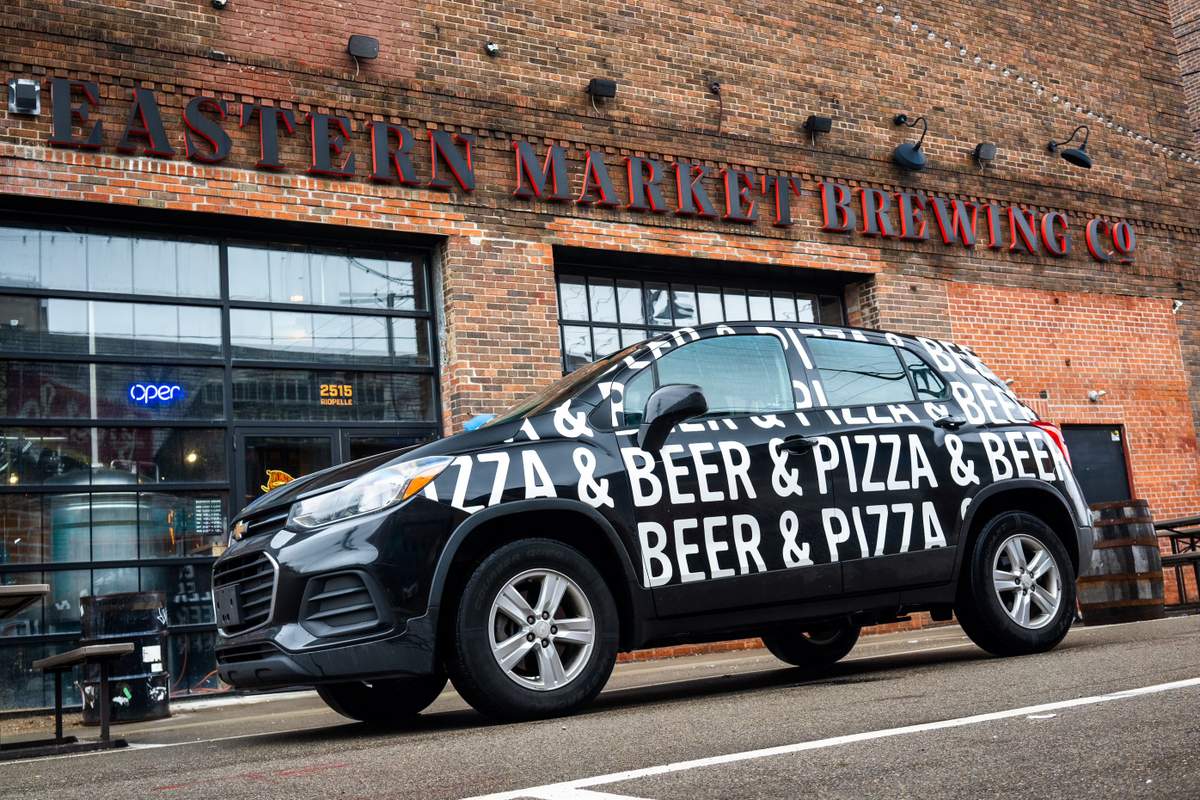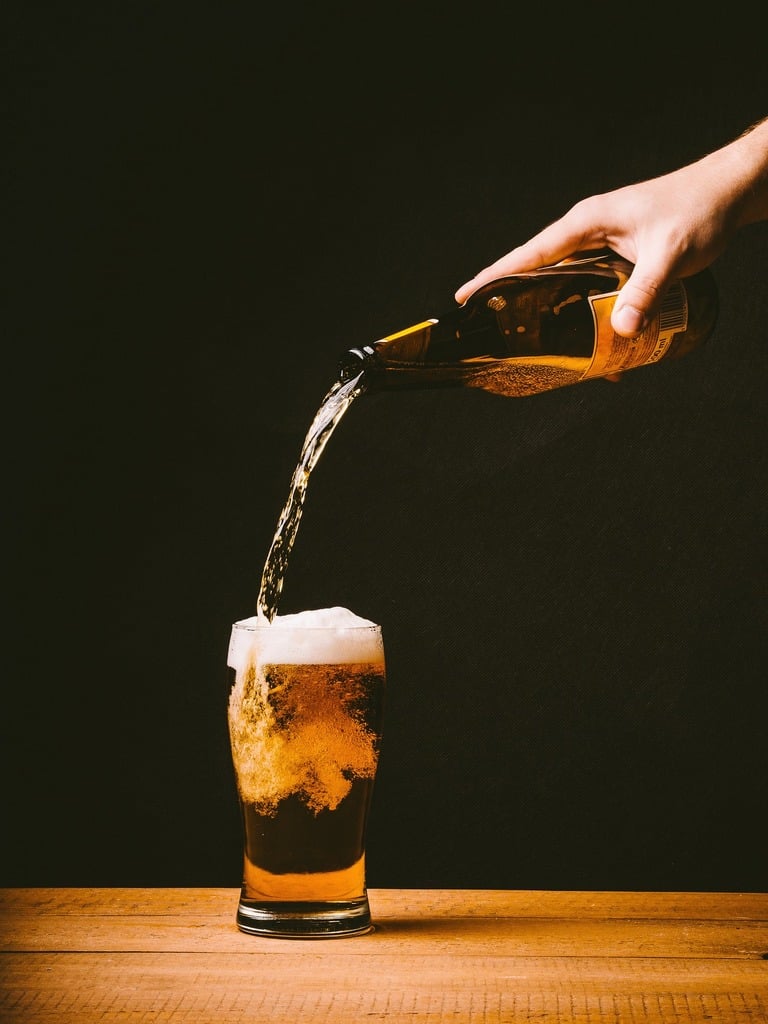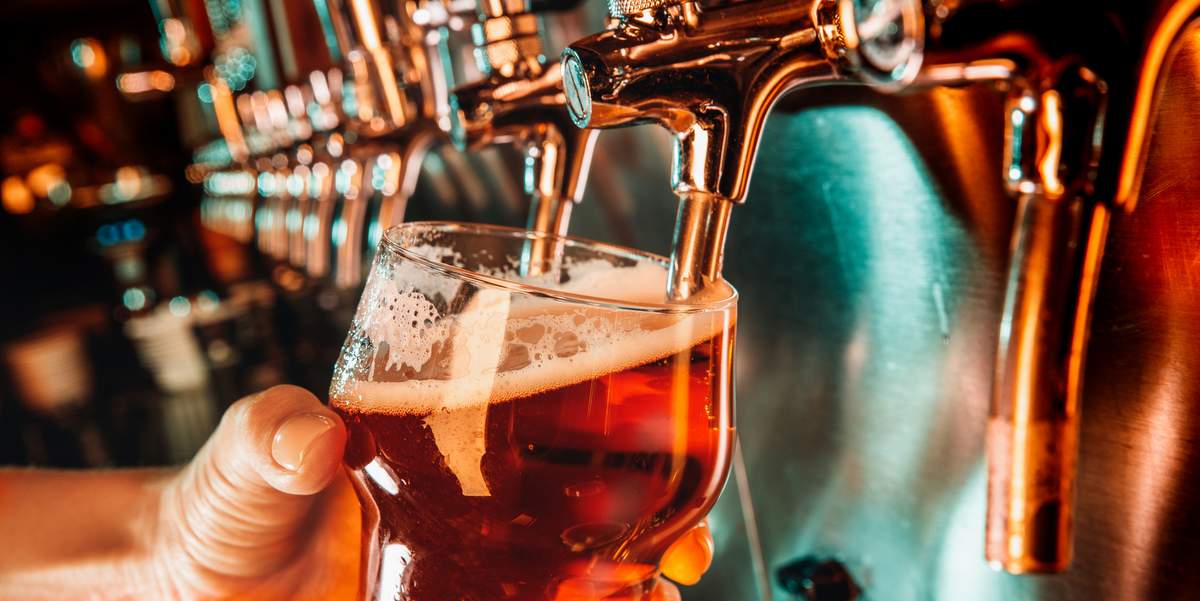
Escoffier’s latest analysis reveals a transformative year ahead for alcohol consumption. The report, compiled by the nation’s top culinary school, outlines key changes that will impact bars, restaurants, and beverage brands across America. Escoffier’s data shows that 40% of Americans now order alcohol for delivery. Consumers value convenience and safety, and online sales continue to grow. This trend marks a clear shift from traditional in-person purchasing to at-home consumption. The study links this change to a broader demand for efficient, time-saving options that fit modern lifestyles.
The decline of beer
Beer consumption now sits at an all-time low. Historically, 41% of consumers favored beer; today, that number has fallen to just 34%. This decline affects all demographics. Younger drinkers have reduced their beer intake significantly. Meanwhile, older consumers have maintained their habits, further altering the overall landscape. With beer on the decline, liquor and wine are capturing more attention.
Ready-to-drink beverages take center stage

The report reveals that 89% of consumers now prefer ready-to-drink (RTD) beverages. RTDs offer convenience and appeal to a broad audience. Escoffier’s analysis projects that the RTD cocktail market could double in value by 2029. This growth reflects a shift toward products that deliver quality with minimal effort.
The report also digs into generational drinking behaviors and spending habits. It shows that while traditional beer is losing ground, premium and alternative beverage categories continue to evolve. Agave spirits like tequila and mezcal now lead in market share, even outselling vodka in many bars. At the same time, non-alcoholic options show healthy growth. According to the report, sales of non-alcoholic beer, wine, and spirits surged 20% in 2023, with growth projected at 17% CAGR through 2028. These trends point to a more diverse beverage landscape driven by consumer demand for innovation and flexibility.
A robust methodology
Escoffier’s findings draw on multiple authoritative sources. The report cross-references Gallup’s Annual Drinking Habits Survey 2024, IWSR’s Global Beverage Alcohol Market Report and the National Restaurant Association’s Consumer Beverage Trends Report 2024. It also includes insights from DoorDash’s Alcohol Delivery Consumer Preferences Survey and NielsenIQ’s Alcohol Retail Sales Data 2023. This comprehensive approach ensures that the insights are accurate and actionable.
Implications for the industry

For craft brewers, these insights offer both a challenge and an opportunity. The decline in beer consumption calls for a rethinking of product lines and strategies. Breweries may consider diversifying into RTDs and exploring non-alcoholic alternatives. Enhancing taproom experiences and offering delivery-friendly options can also capture new market segments. Embracing these changes could prove key to staying competitive in a shifting landscape.
Comparing On-Premise and At-Home Trends

Industry reports from BeerBoard and CGA by NIQ offer other pictures. BeerBoard’s recent Super Bowl analysis showed a drop in draft beer volume during the event. Light lagers and RTDs perform better on game day. Meanwhile, CGA by NIQ data confirms beer still dominates bars. Yet, RTDs gain share in high-energy venues like nightclubs and bars. Both sources agree that RTDs are on the rise, though the settings differ.
January Purchasing Index: A mixed outlook
The January Beer Purchasing Index adds another layer. It reveals a strong overall reading since 2021. However, the craft beer segment continues to contract. In contrast, premium and imported segments show growth. This divergence underscores the challenges facing small, independent breweries. Craft brewers face a tough market while premium products and imports thrive.
Global impact and local implications

A recent report from the World Brewing Alliance underscores beer’s economic power. Beer contributed $878 billion to global GDP in 2023 and supported 33 million jobs. The study highlights local sourcing and community ties. For American craft brewers, this reinforces the value of local ingredients and relationships. The Brewers Association also noted slower growth in craft beer in 2024. This downturn pushes brewers to innovate and enhance taproom experiences.
Opportunities for American craft brewers
Independent brewers must adapt to a changing landscape. They need to explore non-alcoholic and low-ABV options. Diversifying product lines can attract a broader customer base. Improving the on-premise experience may drive traffic. Craft breweries should also embrace delivery options. Staying agile in production and marketing will help them remain competitive.
The convergence of Escoffier’s insights with reports from BeerBoard, CGA by NIQ, the January Beer Purchasing Index, and the World Brewing Alliance creates a clear picture. Consumers shift toward convenience and innovation. While traditional beer faces challenges, new categories flourish. American craft brewers must pivot to capture these trends. They must focus on quality, innovation, and local ties to thrive in 2025.





Leave a Reply
You must be logged in to post a comment.